|
ID |
Nickname |
Country / City |
Languages |
Taxonomies |
Comment |
Project / Group |
Map |
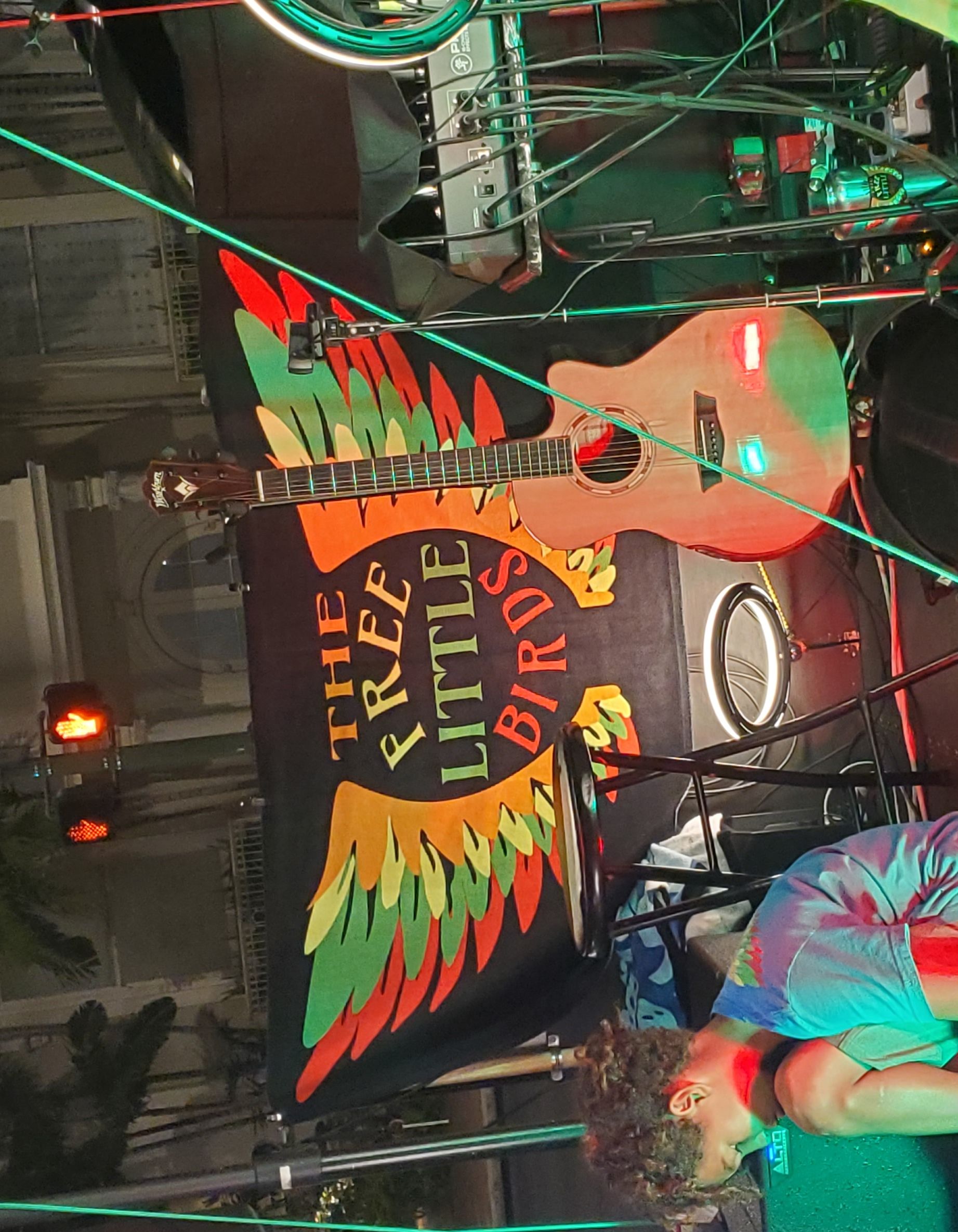
|
46141
|
|
United States
Honolulu
|
|
|
here pidgin is used by the Jawaiian band to relate more to the people
|
Multilingual Hawaiʻi
|
|
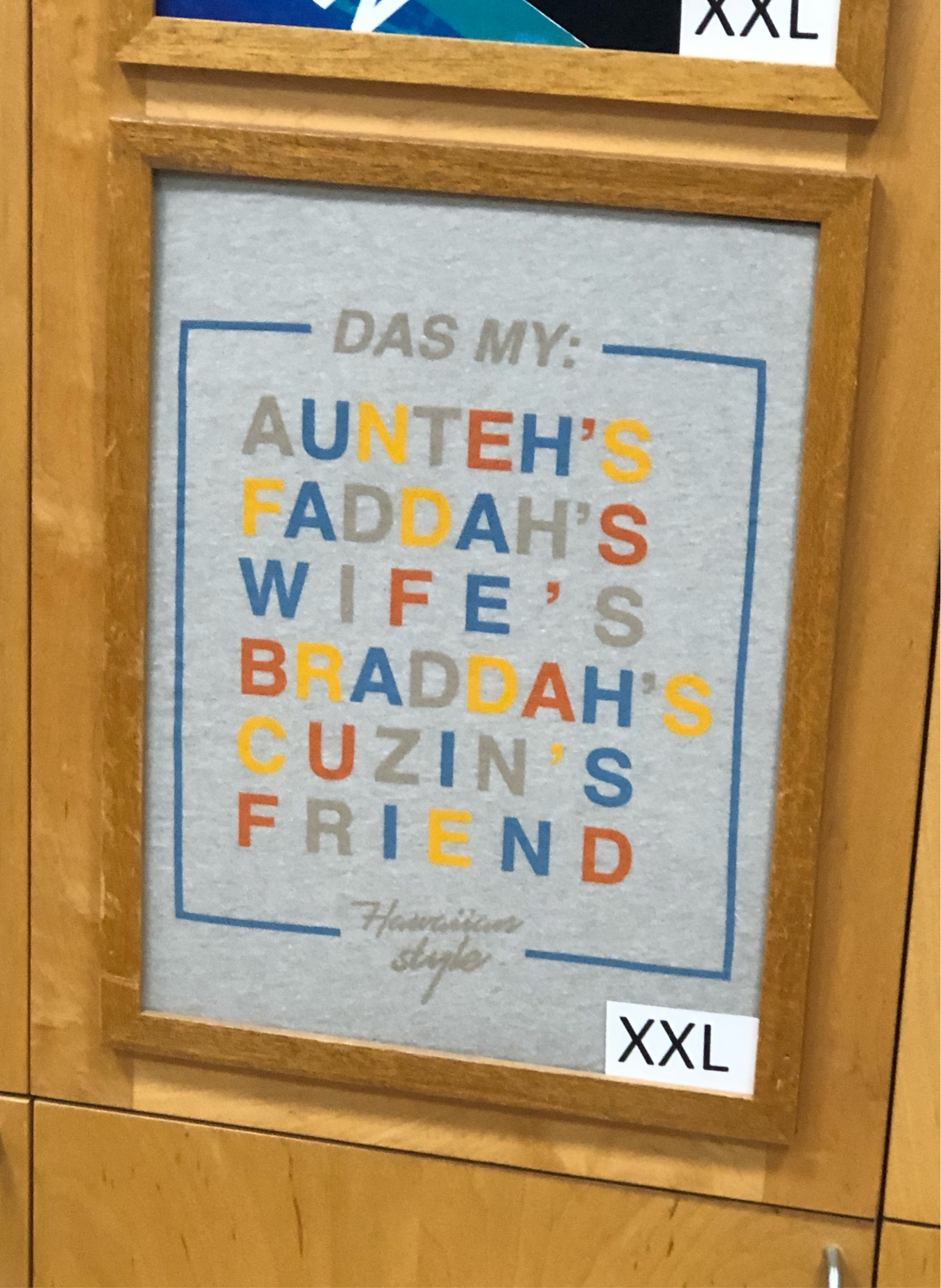
|
47165
|
|
United States
Kaneohe
|
|
|
SU: Check Up #3
- What languages are used on the sign?:
The languages that are used on the sign are Hawai’i Creole or Pidgin and English.
- How is the language presented?:
Both languages are presented in colorful and upper case letters but I think the Pidgin word “braddah” is the most colorful on the sign and has the least amount of grey letters.
- Who is the audience?:
The audience is the general public, but would probably be more directed towards locals.
- What is the domain?:
The domain is on an example card for a T-shirt in the T&C store at Windward Mall.
- What is the sign telling people?:
The phrase in the sign is a common way people in Hawai’i explain how they know someone, to someone else. In this case the person that they’re talking about would probably be their grandma’s, brother’s, cousin’s friend.
- Why is Pidgin/Hawaiian being used here?:
Pidgin is being used here because it is a unique and intriguing way to make a shirt and it is also appropriate since the people in this island commonly use this type of language.
|
Multilingual Hawaiʻi
|
|
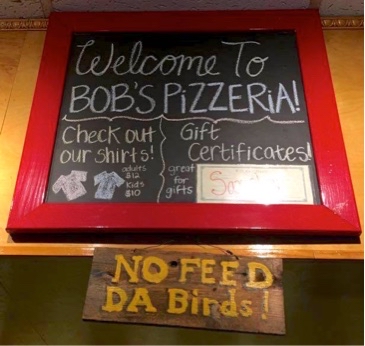
|
38974
|
|
United States
Kailua
|
|
|
—
|
Multilingual Hawaiʻi
|
|
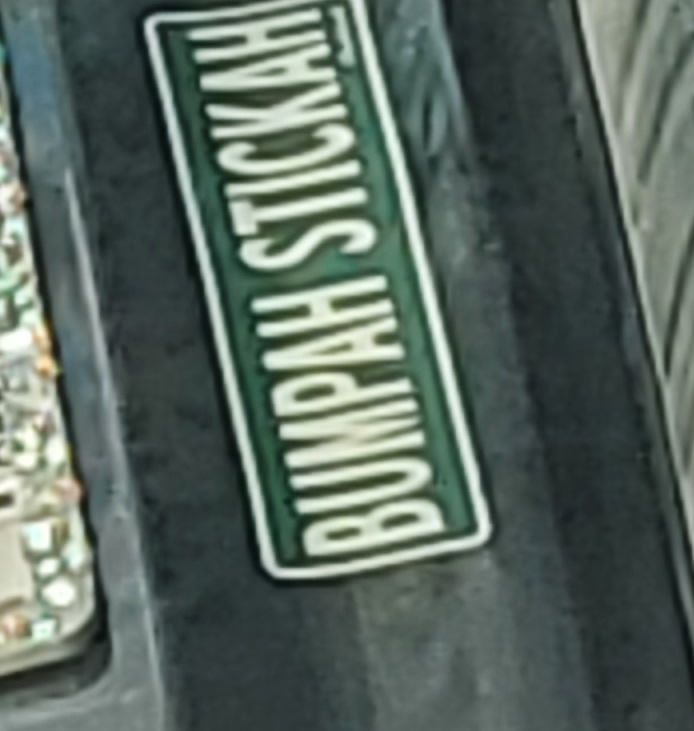
|
46142
|
|
United States
Honolulu
|
|
|
it's funny
|
Multilingual Hawaiʻi
|
|

|
47166
|
|
United States
Aiea
|
|
|
SU: Check Up #3
- What languages are used on the sign?:
The language that is used on the sign is Hawaiian.
- How is the language presented?:
The Hawaiian word “aloha” is presented backwards and upside down in all white letters.
- Who is the audience?:
The audience is the general public, but would probably be more directed towards locals.
- What is the domain?:
The domain is above a clothing store in Aiea in a public shopping center.
- What is the sign telling people?:
The Hawaiian word, “aloha”, is a form of greeting to say hello, welcome and is also a form of farewell or to say goodbye. It also means the presence of breath or breath of life as “alo” means “presence” or “share” and “ha” means “breath of life” or “essence of life”.
- Why is Pidgin/Hawaiian being used here?:
Hawaiian is being used here to catch the attention of the locals as they pass by the store.
|
Multilingual Hawaiʻi
|
|
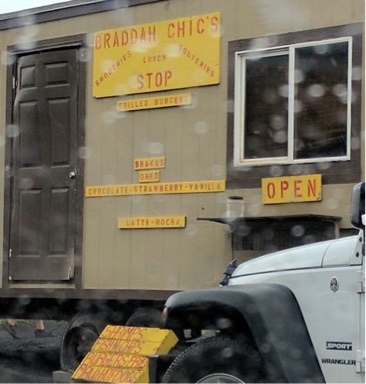
|
38975
|
|
United States
Wailuku
|
|
|
—
|
Multilingual Hawaiʻi
|
|
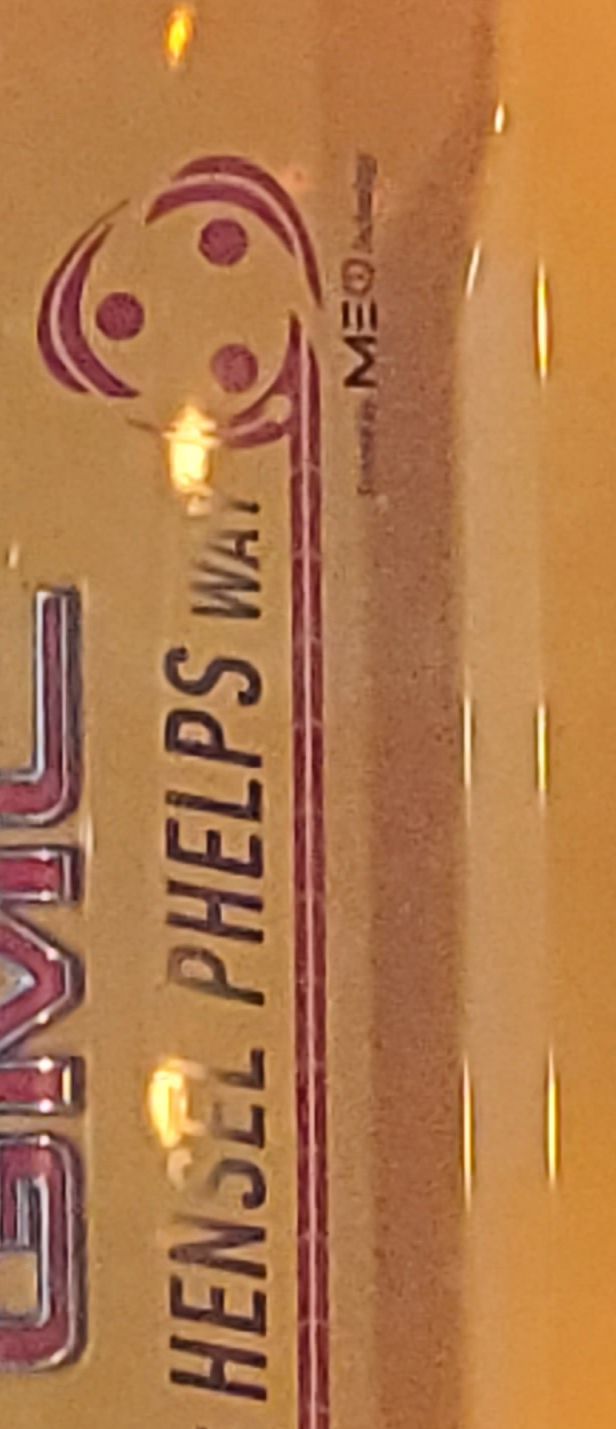
|
46143
|
|
United States
|
|
|
Hensel Phelps is a local construction company - KA
|
Multilingual Hawaiʻi
|
|

|
47167
|
|
United States
Kaneohe
|
|
|
SU: Check Up #3
- What languages are used on the sign?:
The language that is used on the sign is Hawaiian.
- How is the language presented?:
The language is presented in all white letters in both upper case and lower case.
- Who is the audience?:
The audience is the general public, but would probably be more directed towards locals.
- What is the domain?:
The domain is on the back of a car used as a bumper sticker.
- What is the sign telling people?:
In Hawaiian, “olukai” means the comfort that we feel around the ocean since that’s where we feel most at home. It is also where the people of Hawai’i feel most inspired. “Olu” means comfort and “kai” means ocean.
- Why is Pidgin/Hawaiian being used here?:
Hawaiian is probably being used here because this person loves the ocean or being out in the ocean and it’s also probably where they feel most comfortable or at peace.
|
Multilingual Hawaiʻi
|
|
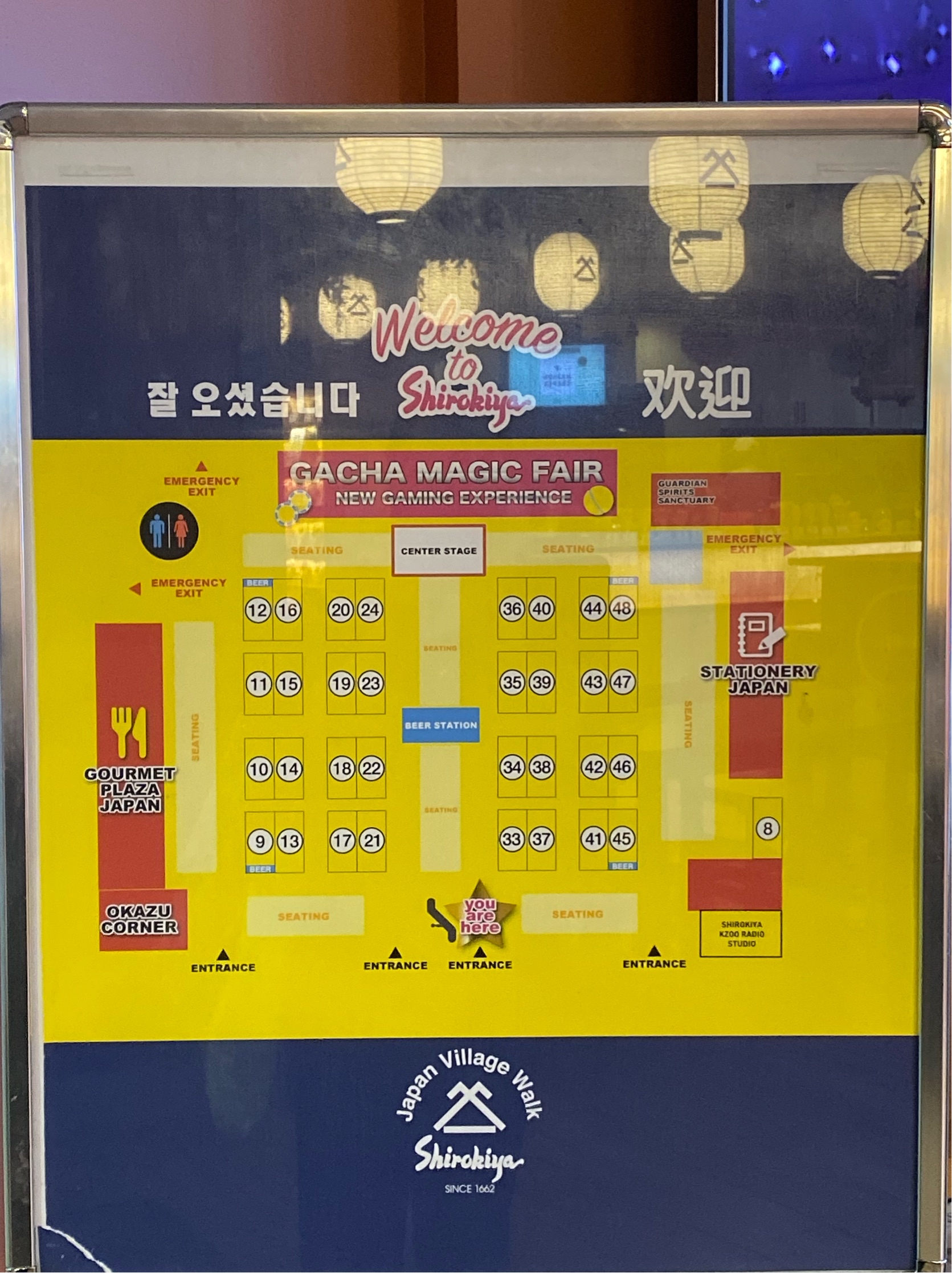
|
38976
|
|
United States
Honolulu
|
|
|
—
|
Multilingual Hawaiʻi
|
|
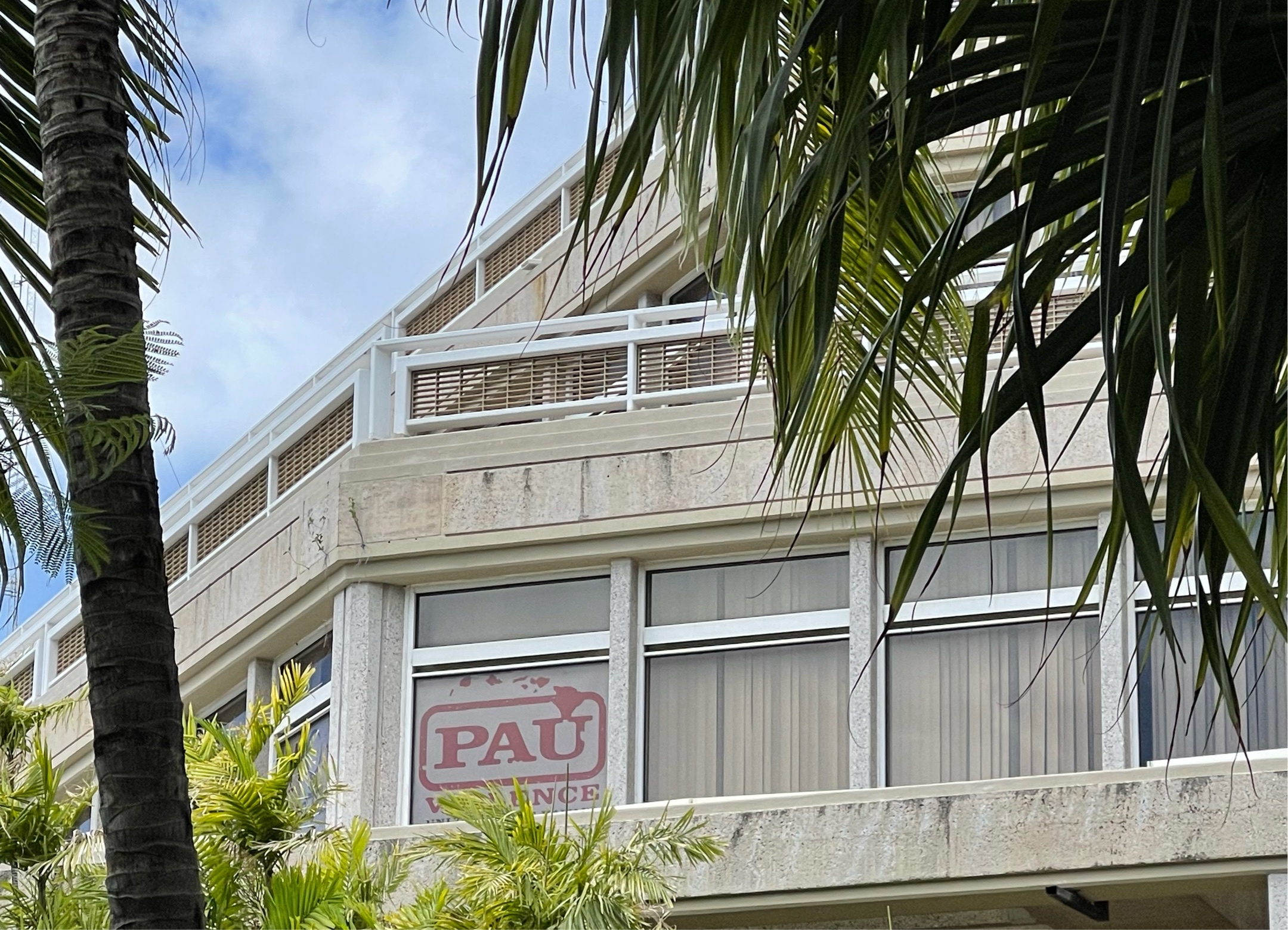
|
44096
|
|
United States
Honolulu
|
|
|
The domain for this photo is education and school. The Pidgin in this case is saying that we need to put an end to violence. A direct translation of it would be “finish violence”. This relates to program at UH Manoa. The intended audience is UH Manoa students and faculty. The sign is at QLC. I believe it is printed on poster paper. The implied message as mentioned before is to put an end to violence. PAU to the program means “Prevention, Awareness, Understanding”.
- CQ
|
Multilingual Hawaiʻi
|
|
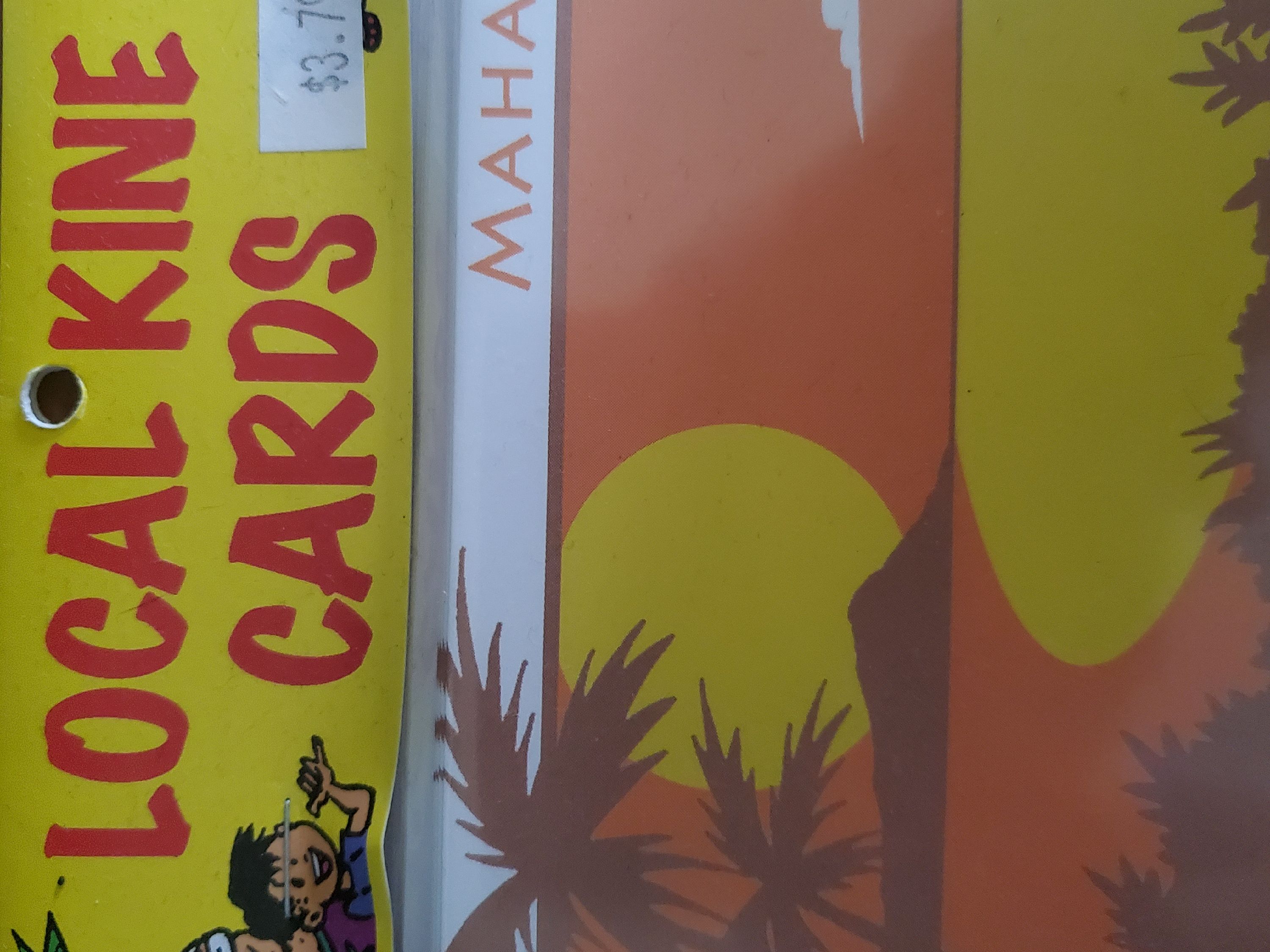
|
46144
|
|
United States
Kaneohe
|
|
|
it's local cards with local humor to appeal to a local audience
|
Multilingual Hawaiʻi
|
|

|
47168
|
|
United States
Kaneohe
|
|
|
SU: Check Up #3
- What languages are used on the sign?:
The languages that are used on the sign are Hawaiian and English.
- How are the languages presented?:
The Hawaiian language is presented in big, black letters and the English is presented in small, black letters.
- Who is the audience?:
The audience is the general public, but would probably be more directed towards locals and possibly non-locals.
- What is the domain?:
The domain is on an information card in a Times supermarket.
- What is the sign telling people?:
The sign is telling people that the “ka lekuke” is located here and that in English, this means lettuce.
- Why is Pidgin/Hawaiian being used here?:
Hawaiian is being used here to attract the attention of the locals and people who speak Hawaiian. It is also appropriate for it to be used here since our island consists of people who speak Hawaiian and it is also taught in a lot of schools, so it might be a way of educating people as well.
|
Multilingual Hawaiʻi
|
|

|
24897
|
|
United States
Waipahu
|
|
|
This is a restaurant sign. “Wat Get” is Pidgin (Hawaiian Creole) or “what is there” in English. Wat means “what” in English and “get” is derivative of Chinese from their sentence structure and has the meaning from this sentence “there is/is there.” I believe this sign is an example of symbolic-authentic because this is a common thing locals say and usually only locals get food from here. C.R.
|
Multilingual Hawaiʻi
|
|
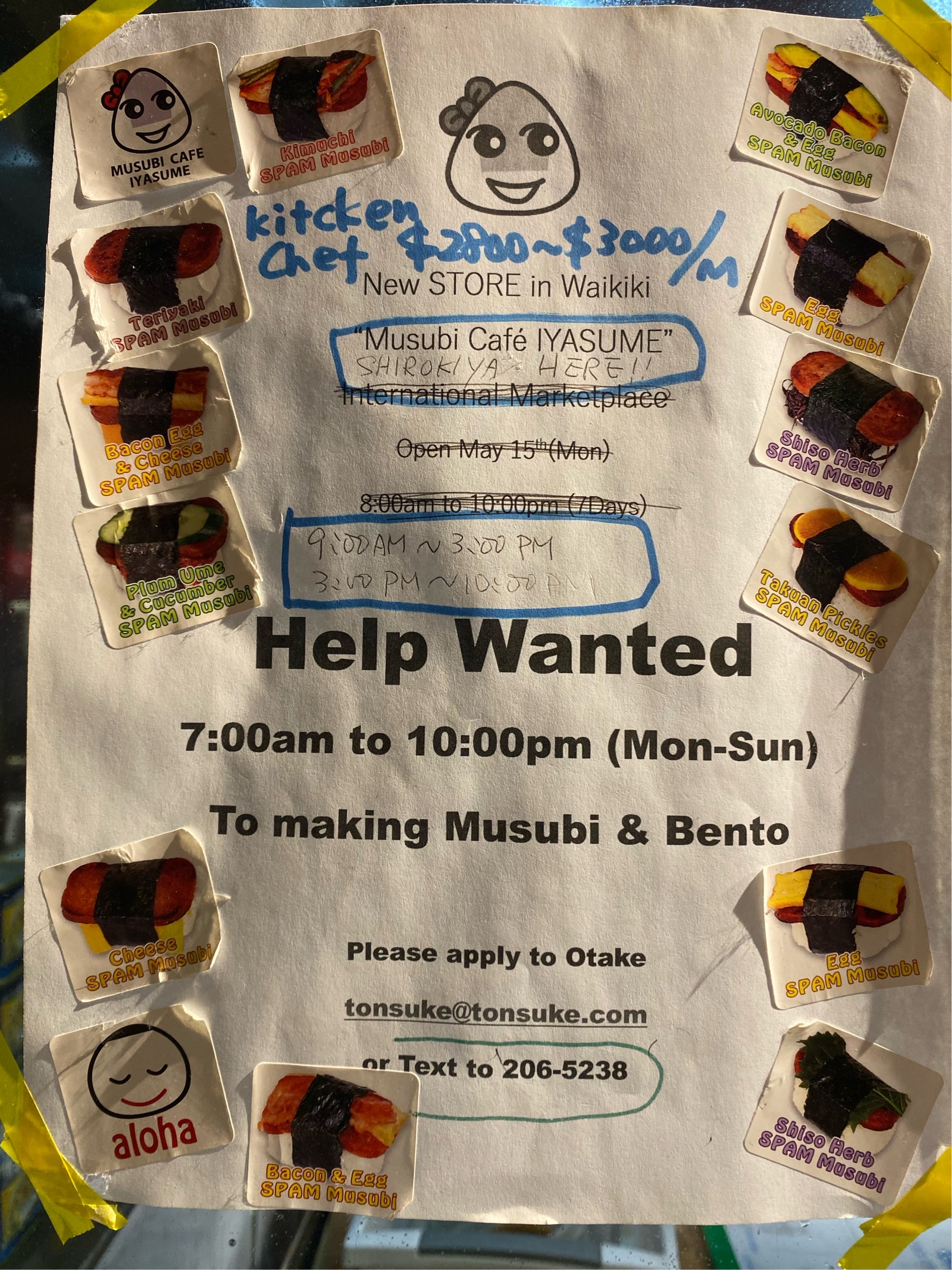
|
38977
|
|
United States
Honolulu
|
|
|
Musubi is a word originally made in Hawaii, though with Japanese influence. The proper Japanese equivalent would be “onigiri”.
|
Multilingual Hawaiʻi
|
|
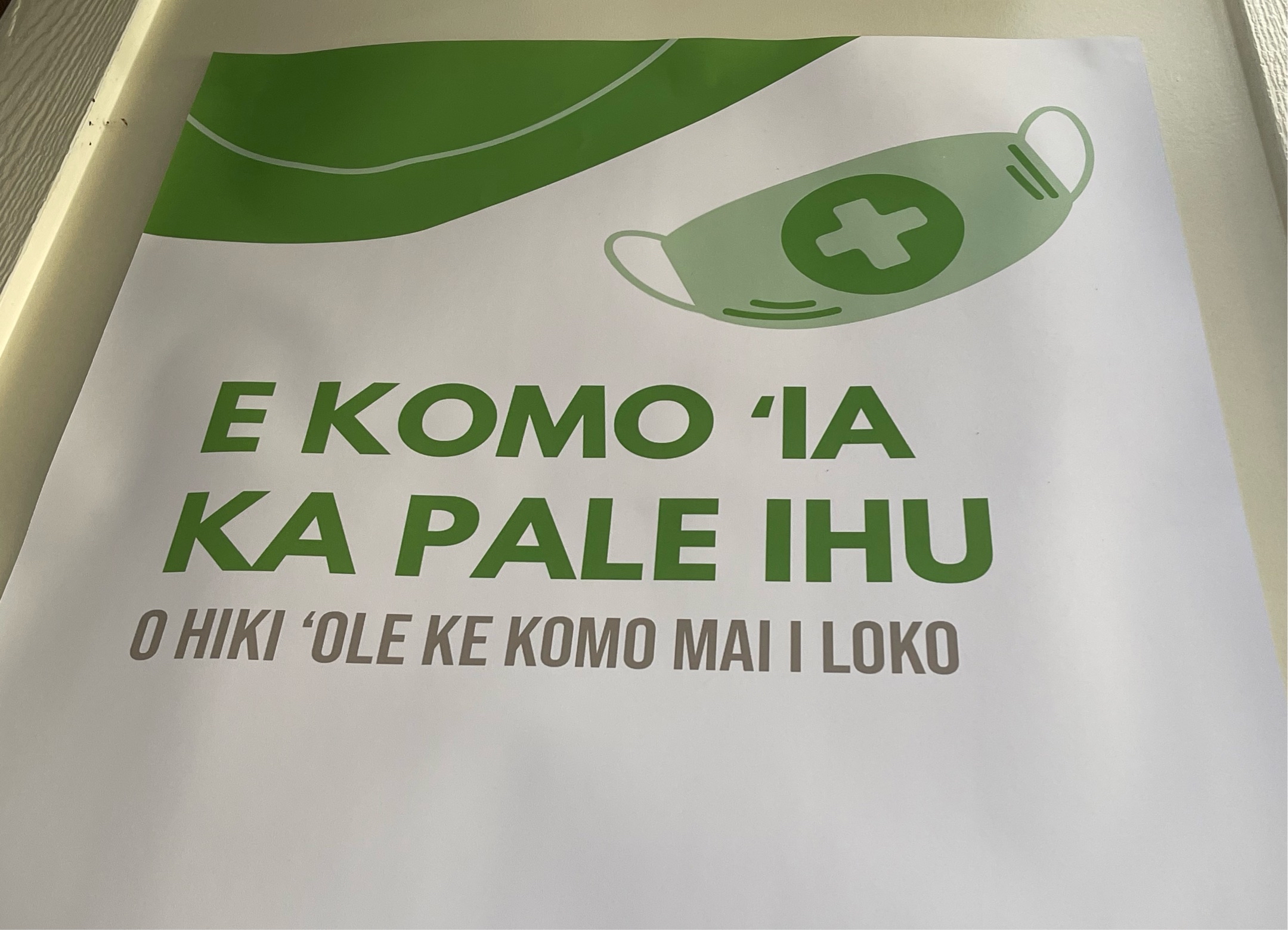
|
44097
|
|
United States
Honolulu
|
|
|
The domain is school or education. The Hawaiian in this case is I believe to tell people to wear their mask properly and if not they cannot enter QLC. The intended audience is towards people who can understand Hawaiian or Hawaiian people. I believe this also attracts students into wondering what is meant by this image. I also believe that it is placed to provide a more linguistic landscape for Hawaiian. It is printed on a poster. The direct translation of this accord to google is “enter it, the nose protection, you cannot come in”.
- CQ
|
Multilingual Hawaiʻi
|
|

|
47169
|
|
United States
Honolulu
|
|
|
KA : Hele means to go. Here it implies speed in filling gas and getting on your way. That way advertising their product.
|
Multilingual Hawaiʻi
|
|

|
38978
|
|
United States
Aiea
|
|
|
—
|
Multilingual Hawaiʻi
|
|

|
44098
|
|
United States
Kailua
|
|
|
The domain in this case relates to personal needs and the general public. The Hawaiian in this case acts as the name for this clothing store. Mahina just means month(s). The intended audience is those seeking a more hawaiian and maybe traditional styled clothing. This is a sign and is not printed. The implied message is shown by establishing a connection between the Hawaiian word and and the Hawaiian-style clothing.
- CQ
|
Multilingual Hawaiʻi
|
|

|
47170
|
|
United States
Honolulu
|
|
|
HC
medium: Paperback book
message: "Da Good An Spesho Book"- HWC translation of the new testament
implied audience: Christians, Local Christians
how it relates to language rights: Allows local Christians to read the bible in Pidgin.
|
Multilingual Hawaiʻi
|
|
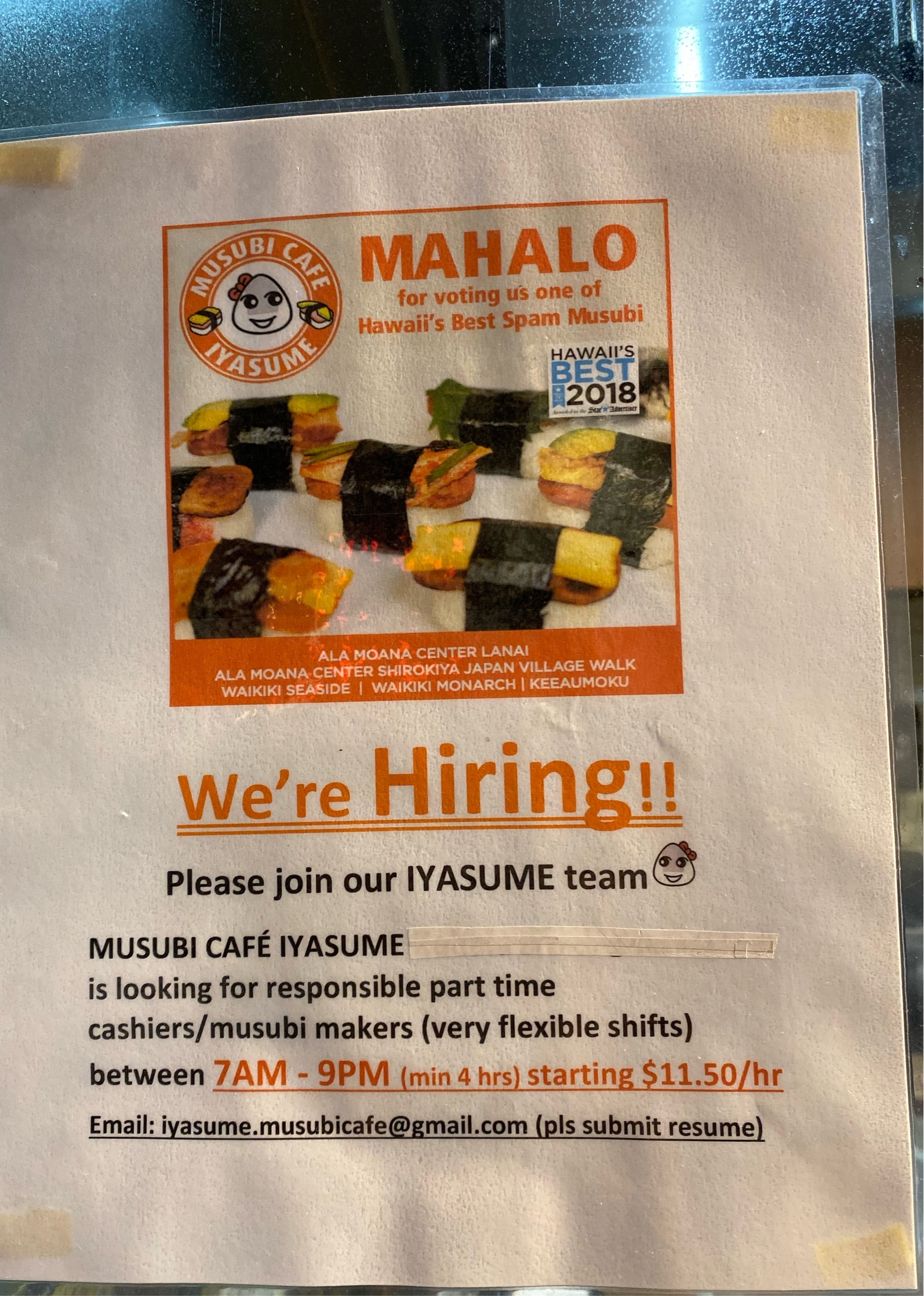
|
38979
|
|
United States
Honolulu
|
|
|
—
|
Multilingual Hawaiʻi
|
|